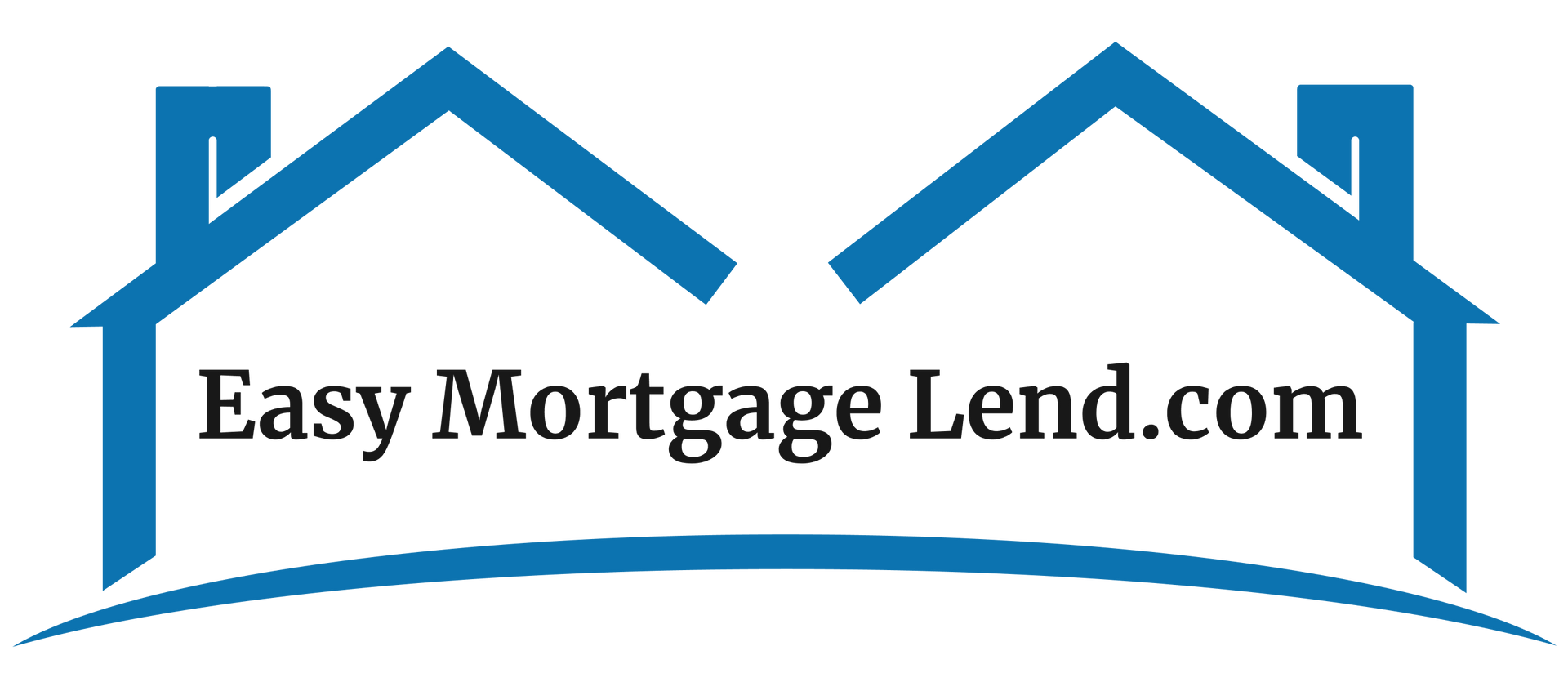Adjustable vs. Fixed-Rate Mortgages: Which One is Right for You?
When it comes to choosing a mortgage, one of the most important decisions you'll make is whether to go with an adjustable-rate mortgage (ARM) or a fixed-rate mortgage (FRM). Both options have their advantages and drawbacks, and the best choice for you will depend on your unique financial situation and goals. In this blog post, we'll explore the differences between adjustable and fixed-rate mortgages and help you determine which one is right for you.
What is an Adjustable-Rate Mortgage?
An adjustable-rate mortgage (ARM) is a mortgage with an interest rate that can change periodically, based on a specific index. This means your monthly payments may increase or decrease over time. ARMs typically have a lower initial interest rate compared to fixed-rate mortgages, but this rate is not locked in and may change after a predetermined period.
Advantages of Adjustable-Rate Mortgages:
1. Lower initial interest rate: ARMs often come with a lower initial interest rate compared to fixed-rate mortgages, which can result in lower monthly payments at the beginning of your loan term.
2. Potential for lower overall interest cost: If interest rates decrease over time, your ARM can potentially adjust to reflect these lower rates, resulting in reduced interest costs over the life of your loan.
Drawbacks of Adjustable-Rate Mortgages:
1. Uncertainty: ARMs come with the risk of fluctuating interest rates, which can result in higher monthly payments and increased interest costs if rates rise.
2. Complexity: Understanding the terms and conditions of an ARM can be more complicated than a fixed-rate mortgage, making it important to work with a knowledgeable mortgage professional.
What is a Fixed-Rate Mortgage?
A fixed-rate mortgage (FRM) is a loan where the interest rate remains constant throughout the entire term of the loan. This means your monthly mortgage payments will stay the same, allowing for predictable budgeting and long-term financial planning.
Advantages of Fixed-Rate Mortgages:
1. Stability: With a fixed-rate mortgage, you'll have a consistent monthly payment and won't have to worry about rising interest rates affecting your budget.
2. Straightforward terms: Fixed-rate mortgages are generally more straightforward, with easy-to-understand terms and conditions.
Drawbacks of Fixed-Rate Mortgages:
1. Higher initial interest rate: Fixed-rate mortgages often come with a higher initial interest rate compared to adjustable-rate mortgages.
2. Less flexibility: If interest rates decrease, you won't benefit from the lower rates unless you refinance your mortgage, which may come with additional costs and fees.
How to Decide Which Mortgage is Right for You
When choosing between an adjustable and fixed-rate mortgage, consider the following factors:
1. Time horizon: If you plan to stay in your home for a shorter period, an ARM with a lower initial rate might be more cost-effective. However, if you plan to stay in your home for a long time, a fixed-rate mortgage will provide stability and predictability.
2. Risk tolerance: Are you comfortable with the uncertainty of fluctuating interest rates? If not, a fixed-rate mortgage may be the better choice.
3. Financial goals: Consider your long-term financial goals and how each mortgage option aligns with those objectives. Work with a mortgage professional to evaluate your specific situation.
Choosing the right mortgage is an important decision that requires careful consideration. By understanding the advantages and drawbacks of adjustable and fixed-rate mortgages, you'll be better equipped to make an informed decision that aligns with your unique financial situation and goals.
At EasyMortgageLend.com, our team of experienced mortgage professionals is here to help you navigate the mortgage landscape and secure the perfect home loan. Contact us today to discuss your mortgage needs and get started on the path to homeownership.











